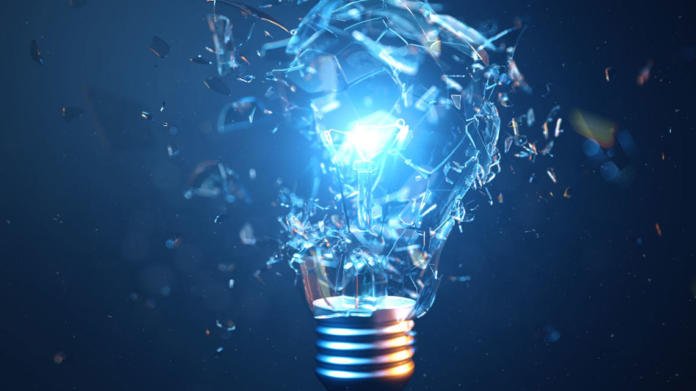As Kevin Mileham – DA Shadow Minister of Mineral Resources and Energy, put it in a recent post: At the Mining Indaba yesterday, Minister of Mineral Resources and Energy Gwede Mantashe revealed once again how out of touch he is with South Africa’s energy crisis. Pinning his hopes on hydroelectric power from the Grand Inga project in the Democratic Republic of Congo and a new nuclear build, Mantashe is ignoring the elephant in the room: the 4 000MW to 6 000MW shortfall in electricity generation we face right now.
It is beyond comprehension that a government minister can simply regurgitate out of date information (Integrated Resource Plan (IRP) in 2019) for us to believe that our energy woes will be solved by the promised Grand Inga hydro electric scheme in the DRC.
I won’t go into the details of the scheme – readers and perhaps Minister Mantashe can simply Google, Grand Inga, and all will be revealed about this on-off pipedream of a generation project that will electrify Africa and half of Europe with its 40GW+ potential. Numerous technical, engineering and financial studies have been performed over the past 60 years with the latest putting a +/- $100-billion price tag on construction costs and a build time of about 10 years. Those familiar with the building of such colossal infrastructures estimate that construction costs and time lines can double – look no further than our own most recent Medupi and Kusile power stations. So bank on $200- billion or R3-trillion in our money if my maths is correct and a 20 year build time.
Then there’s the small issue of transmitting the power 4 157km, across four countries before it gets to Johannesburg.
This utopian project is unlikely to fly anytime soon – the DRC’s energy provider SNEL cannot even rehabilitate the dilapidated Inga I and II stations let alone build this mega station due to political interference, widespread corruption and satisfying various, often conflicting, private interests. Sounds familiar? Traditional funders such as the World Bank have come to the conclusion that the risk of failure is just too great an albatross to hang around the bank’s neck and have run for the hills.
Kevin Mileham went on to say:
Despite being warned more than 3 years ago that the Grand Inga scheme was extremely unlikely to generate electricity in the short to medium term, Mantashe and the Department of Energy insisted on including Grand Inga and the potential for new nuclear generation in the Integrated Resource Plan (IRP) in 2019. Nuclear is problematic in that it is not a short term solution to South Africa’s electricity supply needs, with a new nuclear plant only likely to start generating in 10 to 15 years’ time.
The IRP is South Africa’s premier policy document for electricity generation, and is intended as a short- and medium-term roadmap for decisions regarding new generation capacity. As such, it is intended to be updated regularly (at the very least, every two years). When questioned on this, however, the department has indicated that it lacks the personnel resources to do this, and therefore has to rely on outdated models and assumptions that are no longer valid or justifiable. (This beggar’s belief! Ed)
As an immediate step to addressing the short-term electricity supply gap, Mantashe must prioritize the review of the IRP, in order to bring new generation capacity online as quickly as possible. It is clear that ESKOM is not up to this task, and it will therefore fall to private investors and independent power producers to pick up the slack. Additionally, Mantashe must take concrete steps to remove unnecessary red tape and bureaucracy at NERSA, in line with the President’s commitments at SONA 2022, in order to allow sub 100MW generators easier access to the grid and to promote generation for own use by businesses and consumers.
I have a better idea:
- Put Mantashe and his entourage out to pasture to be replaced with a lean and mean department of technically competent individuals, headed by a competent pragmatic business person.
- Open up the generation space to anyone who is competent and scrap the 100MW cap.
- Accelerate the switch to natural gas and nuclear SMR’s by repurposing the ancient coal burning fleet where feasible – much of the existing infrastructure can be reused.
- Place smaller gas fired and SMR stations, where they are needed rather than where the coal is located.
- Rehabilitate – privatise – the rail network to allow the fast and efficient transportation of natural gas to the major centres where Metro’s can generate and manage their own power.
- The Ankerlig and Gourika OCGT (1 327MW and 740MW respectively) were each built in about a year. As a short to medium term solution to our power deficit why not build six more and run them on natural gas directly from the gas fields?
- Privatise Eskom.
Well, I can dream can’t I?
Eish.















